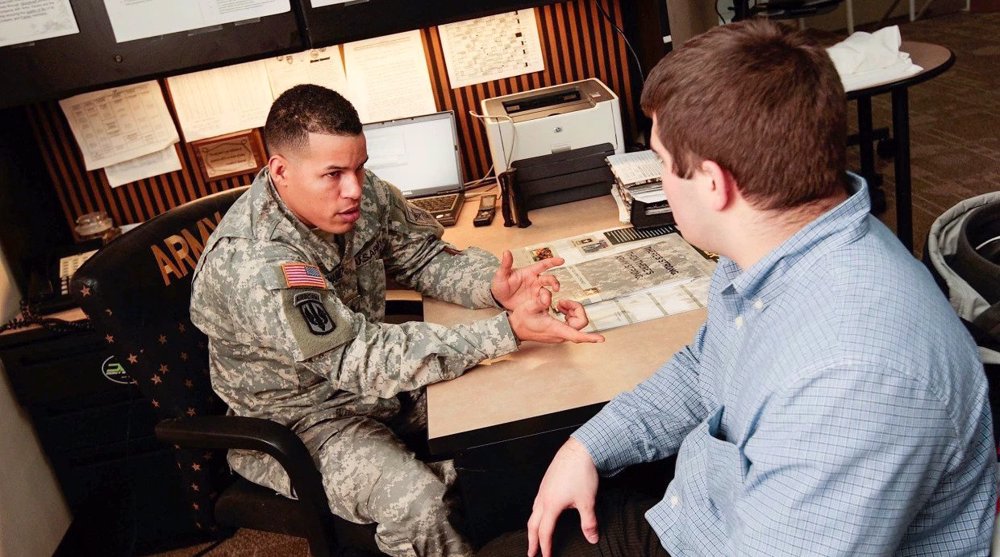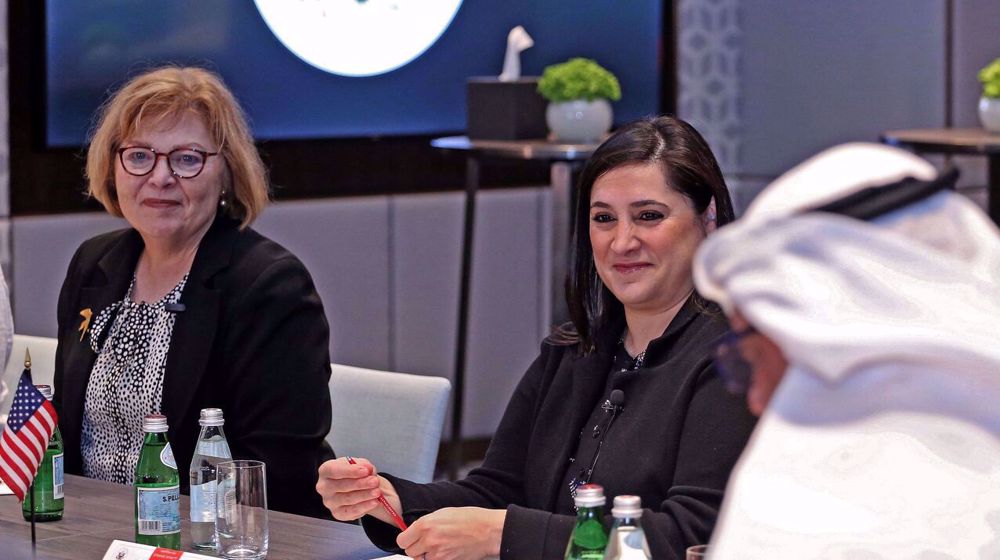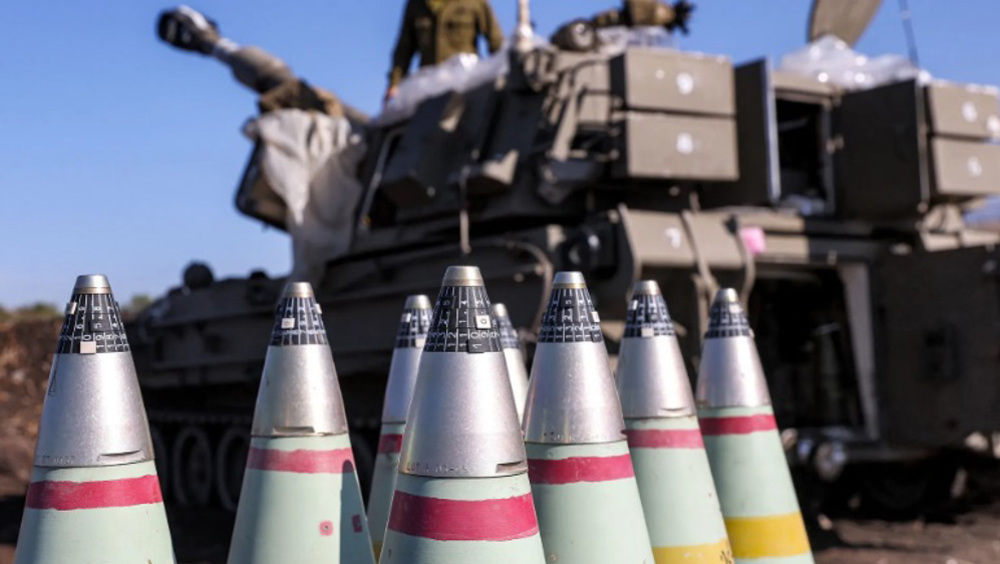US military facing recruitment shortfalls with national security implications: Officials
Fewer and fewer young Americans are eligible or volunteer to serve in the US military than ever before, leading to recruitment shortfalls in the armed forces with national security implications, according to US military and defense officials.
The Pentagon’s top leaders are searching for ways to find new recruits to fill out the ranks of the all-volunteer military force.
With only three months remaining in the fiscal year 2022, every branch of the US military has come short of meeting its recruitment goals, Pentagon data show.
The Army has met only 40 percent of its recruitment goals and is reducing its active-duty force by 12,000 troops. The Air Force is 4,000 recruits behind its goals and the Navy is struggling to meet its recruitment goals. Even the Marine Corps, which has traditionally done a better job at recruiting, is under pressure to meet its goals.
In recent testimony on Capitol Hill, Marine General David Ottignon said 2022 was “arguably the most challenging recruiting year since the inception of the all-volunteer force.”
The Pentagon’s top personnel and readiness leader blamed America’s competitive job market as the main factor contributing to the current shortfalls.
“The Department is in fierce competition for skilled, relevant and innovative talent. The labor market, exacerbated by the effects of the pandemic and the military-civilian divide creates a challenging recruiting environment," Gilbert Cisneros told senators at an Armed Services subcommittee hearing.
A former senior military official told ABC News that military recruiters have difficulty selling the benefits of enlisting to young Americans.
"Many of the things that we used to offer, like the GI Bill, are offered by private industry today. So they're no longer a benefit," the former senior official said.
Only 9 percent of young Americans now show an interest to serve in the military, the lowest number in 15 years, according to Defense Department polling data shared with ABC News.
Top reasons cited for the lack of interest are the risk of injury or death and fear of developing Post Traumatic Stress Disorder (PTSD) or other psychological problems.
But fewer young Americans meet the most basic standards to serve in the military even if they were interested.
US fighter aircraft shot down ‘in friendly fire’ amid aggression on Yemen
Yemeni FM: Israel’s sponsors accountable for ongoing aggression on Sana’a
Eight Palestinians killed as Israel attacks Gaza school, hospitals
VIDEO | Rome, Milan host new protests in solidarity with Palestinians
Dec. 21: ‘Axis of Resistance’ operations against Israeli occupation
Spain jurists demand ties with Israel ties be cut
VIDEO | Press TV's news headlines
VIDEO | Iran honors top Science Olympiad medalists










 This makes it easy to access the Press TV website
This makes it easy to access the Press TV website